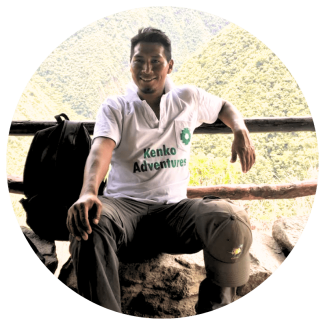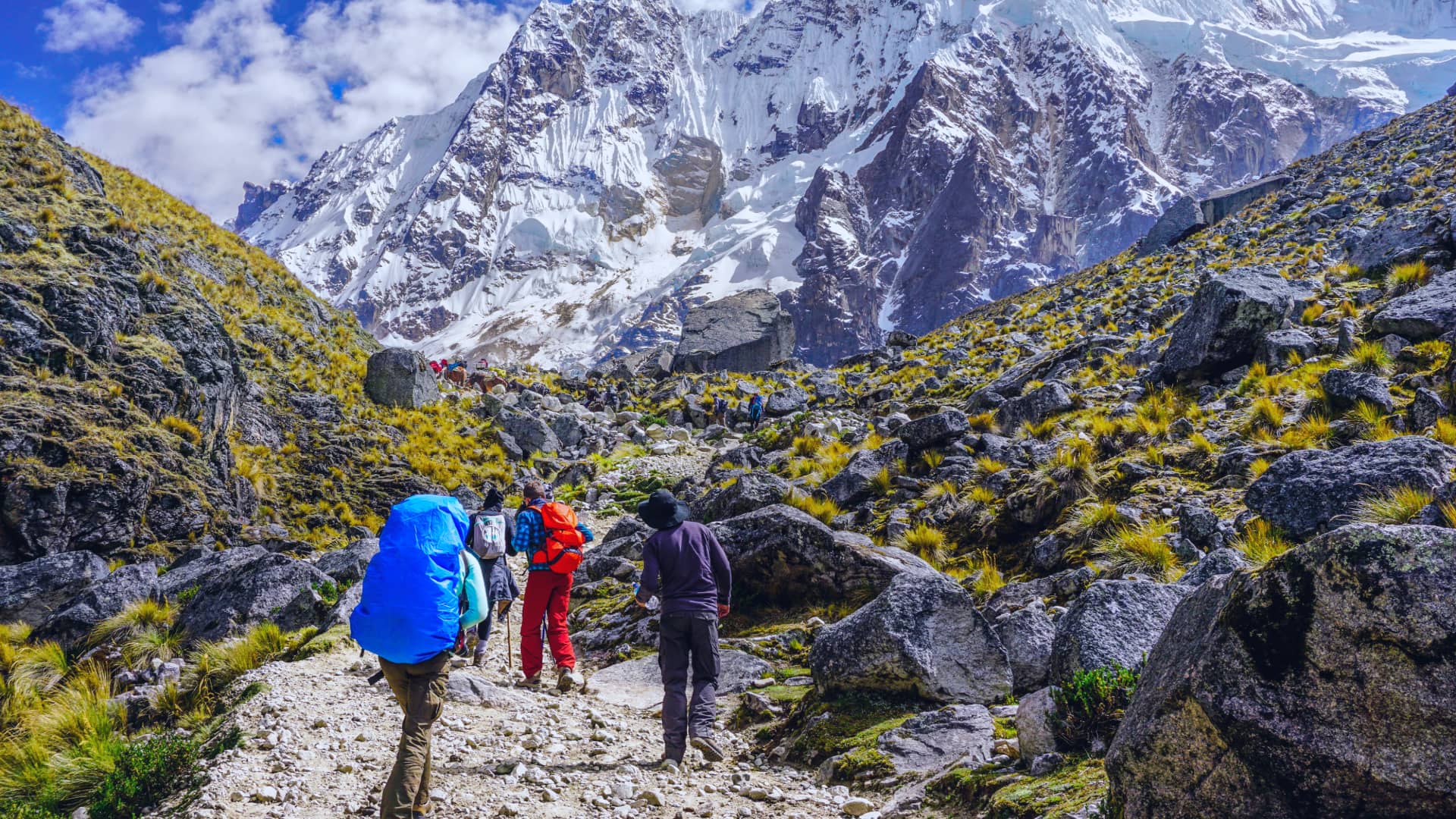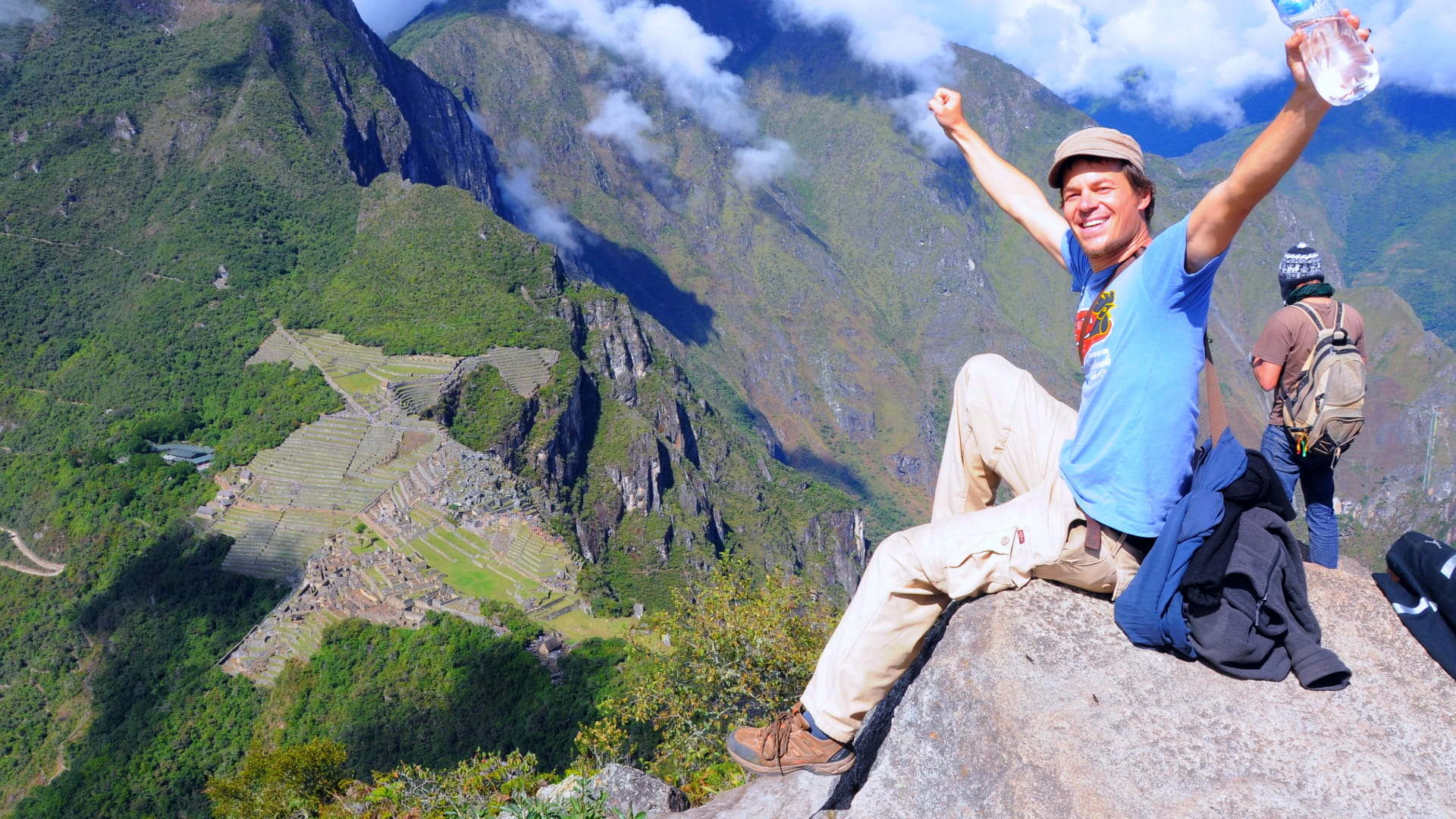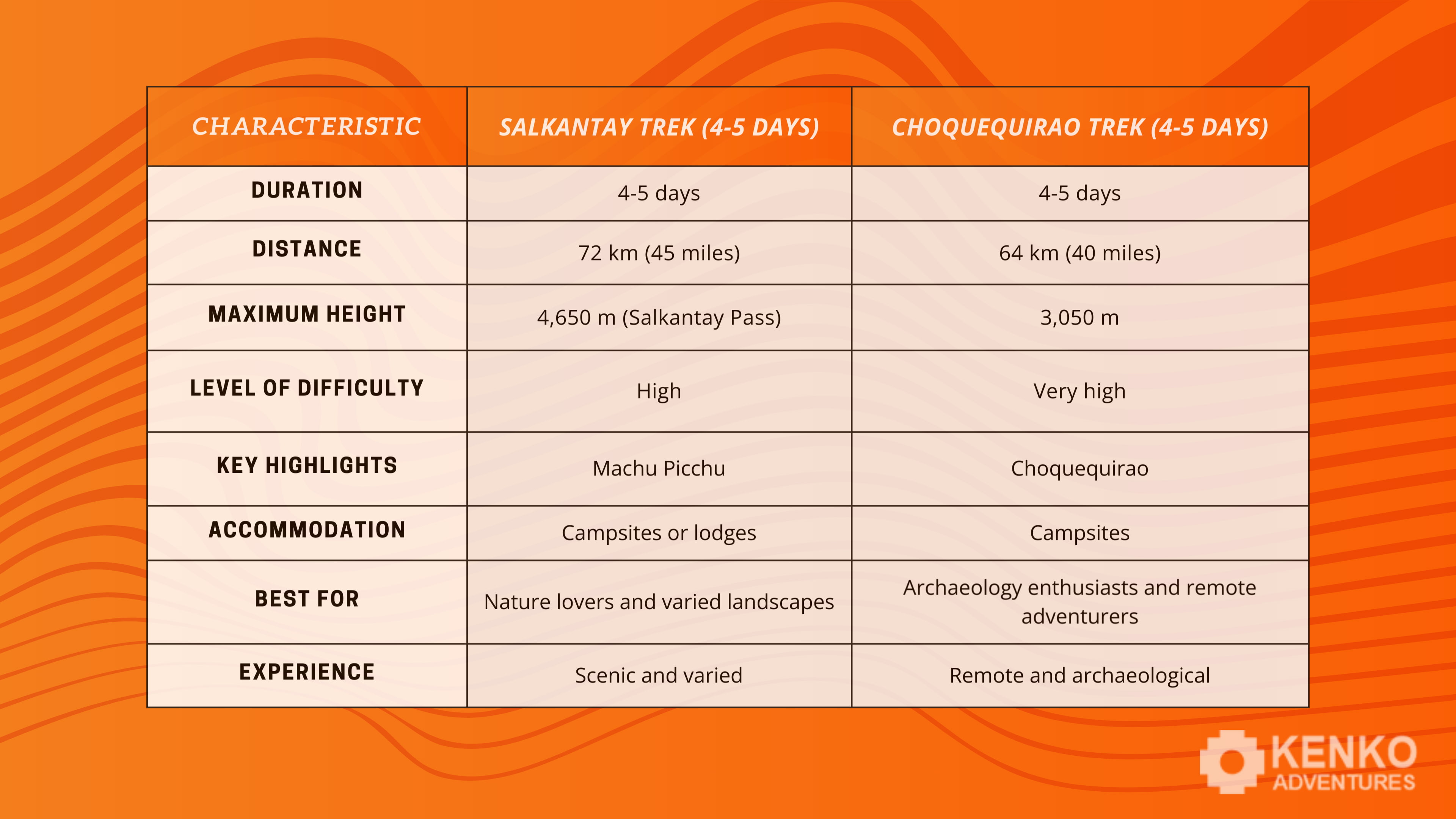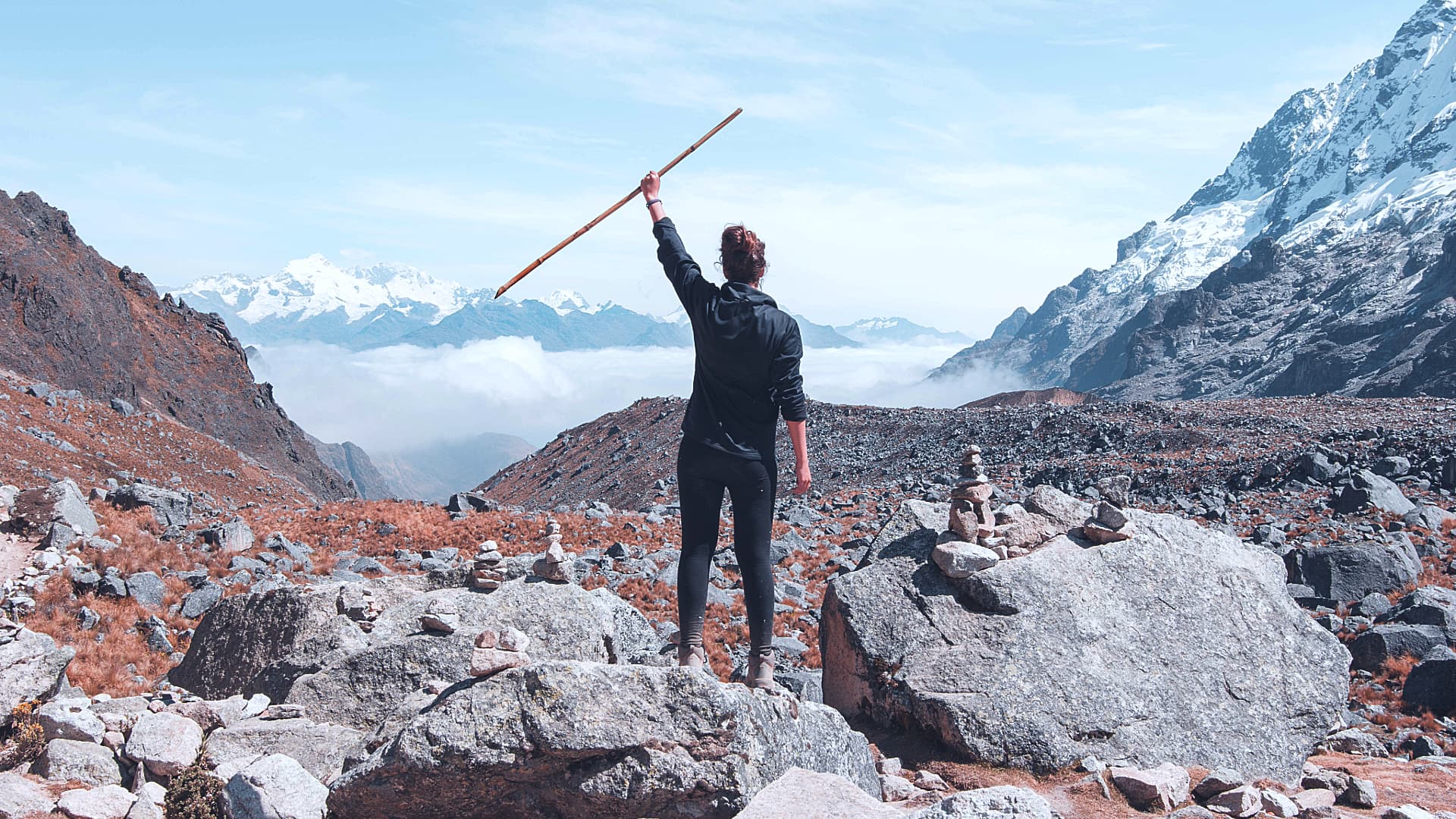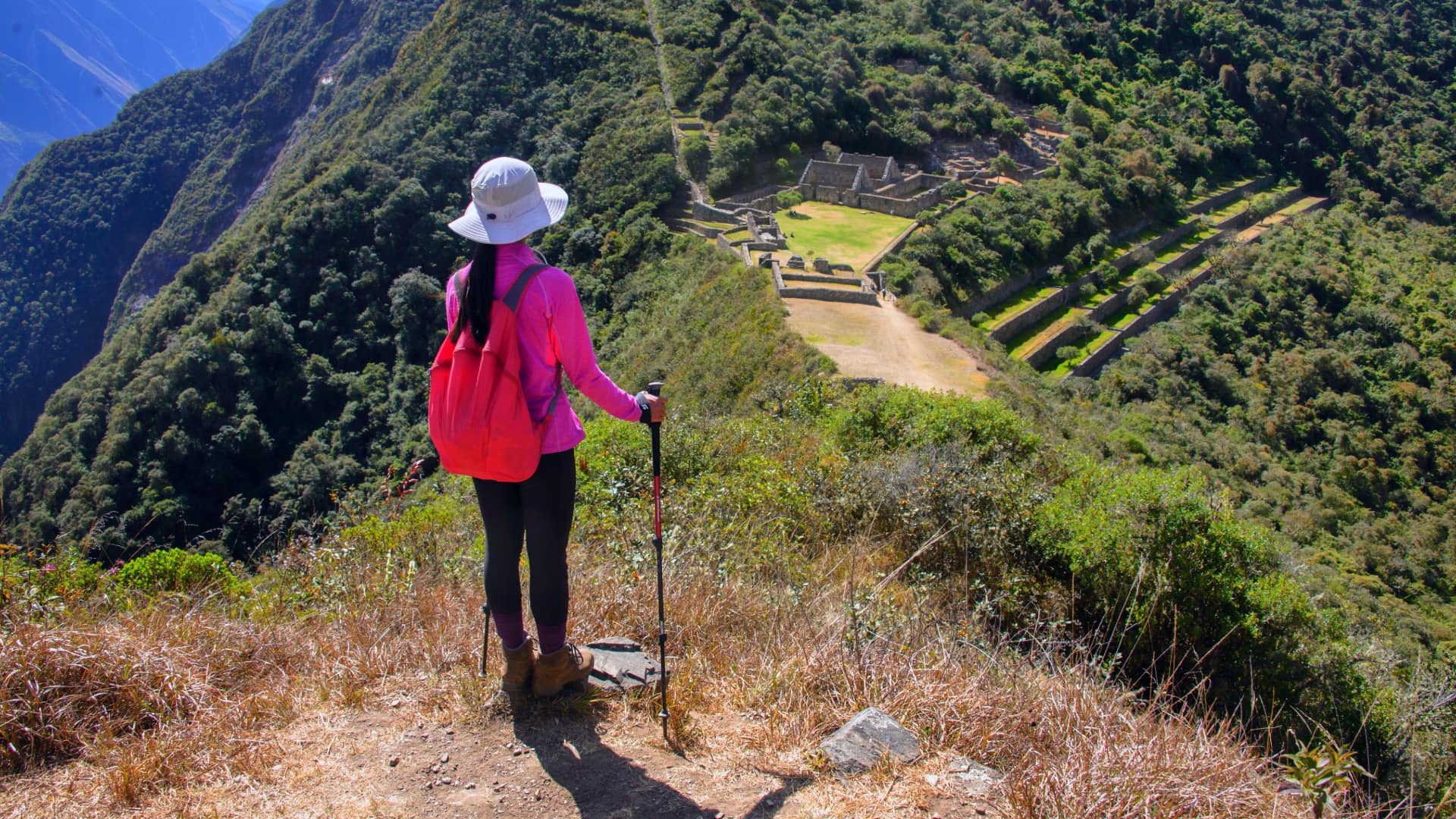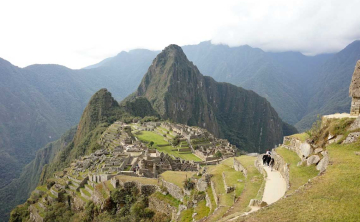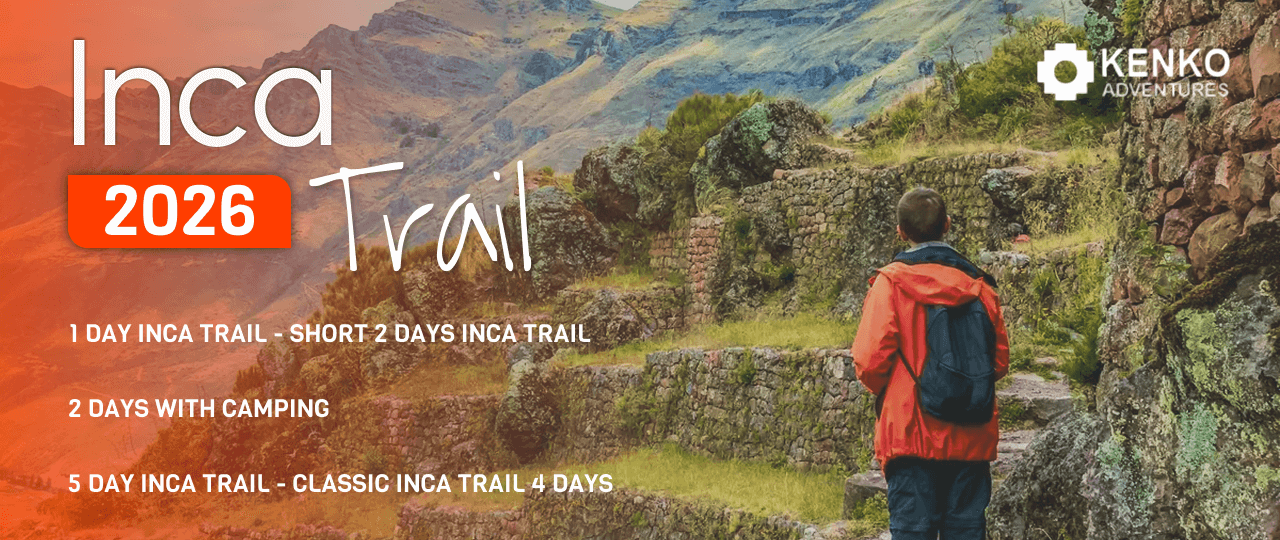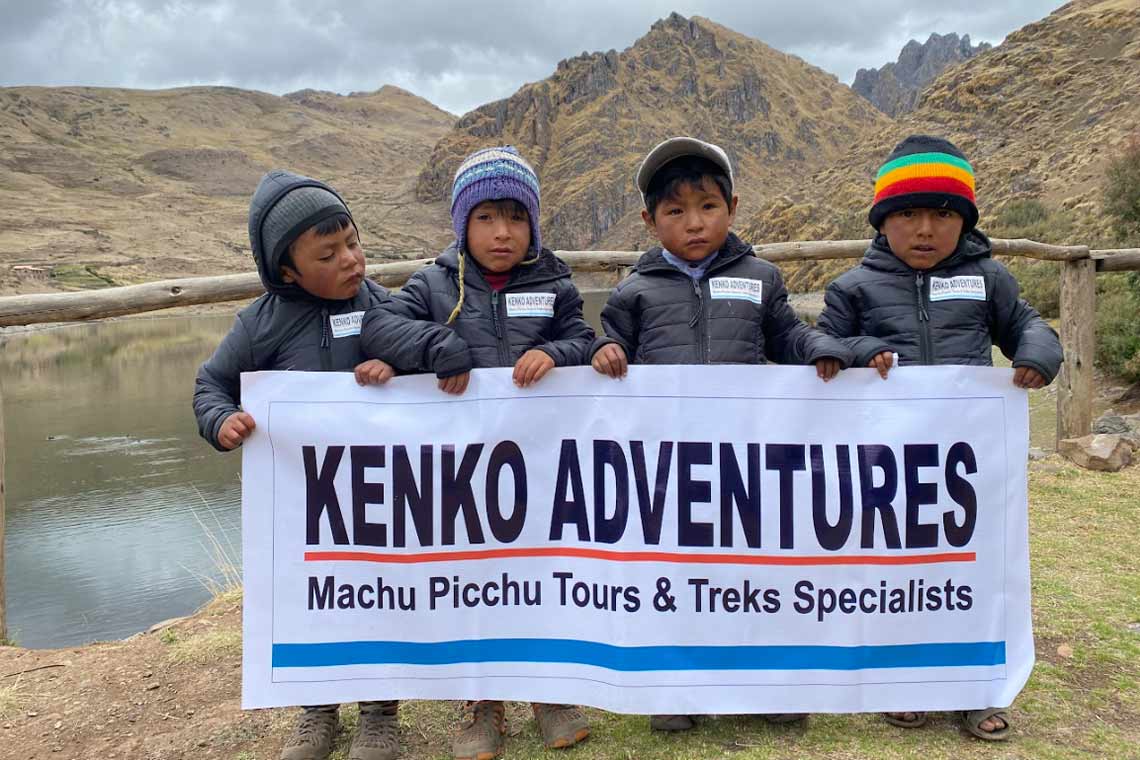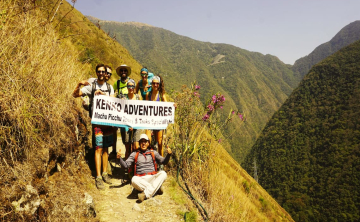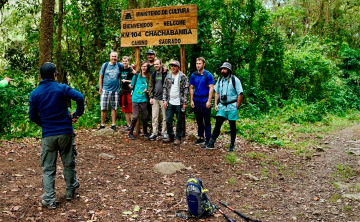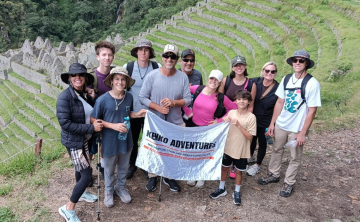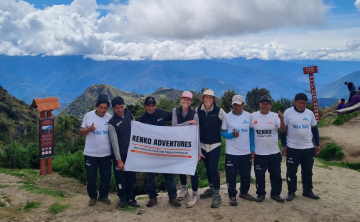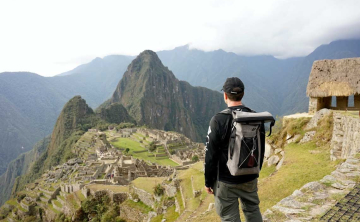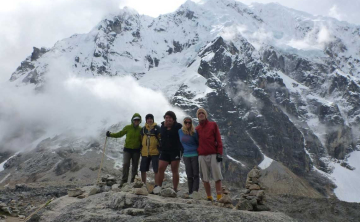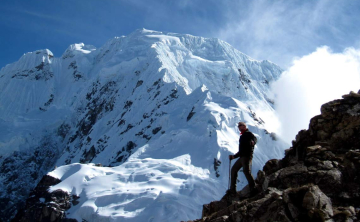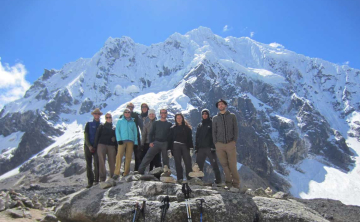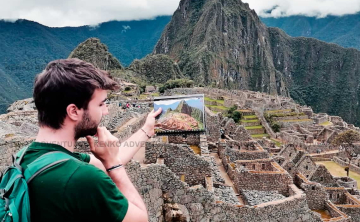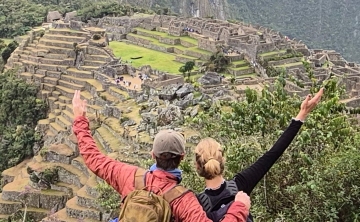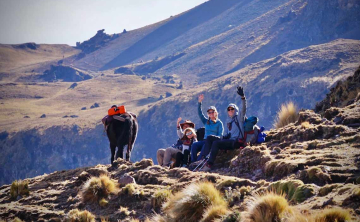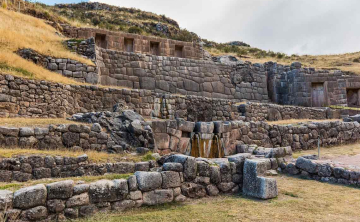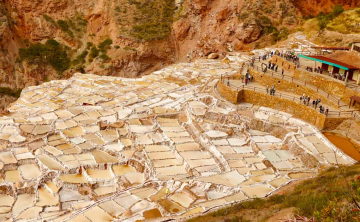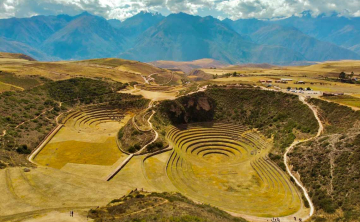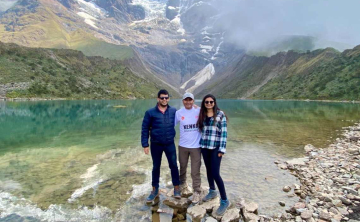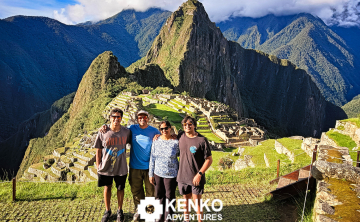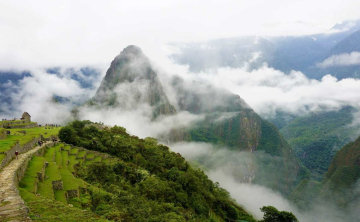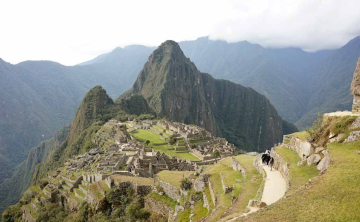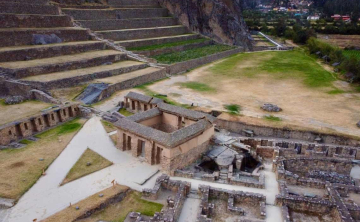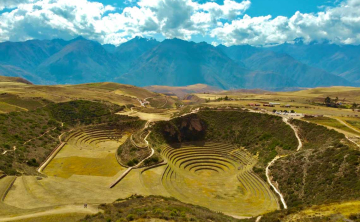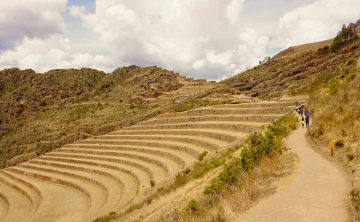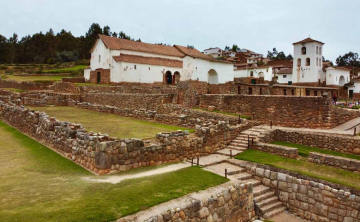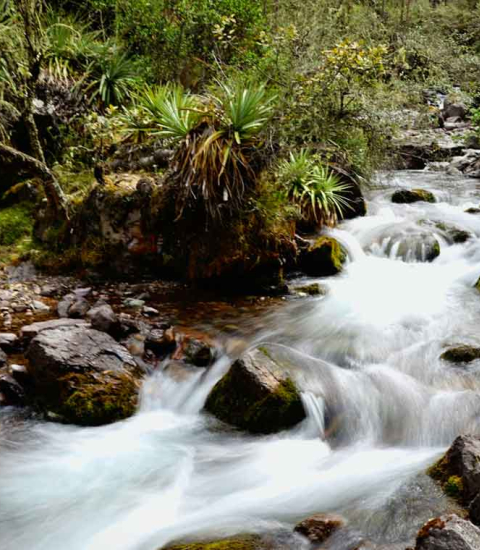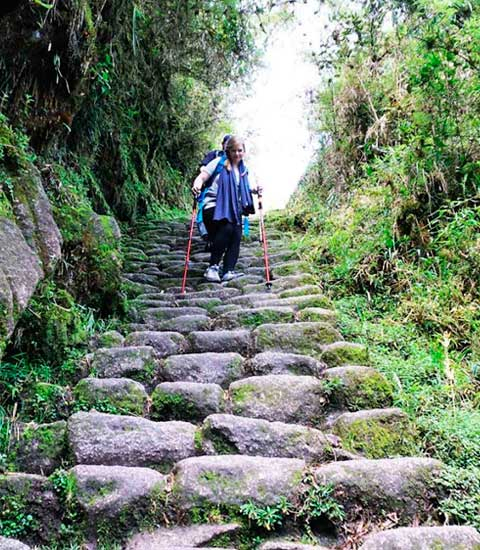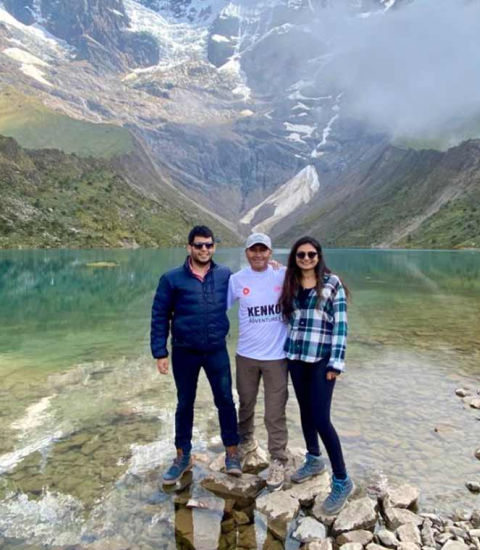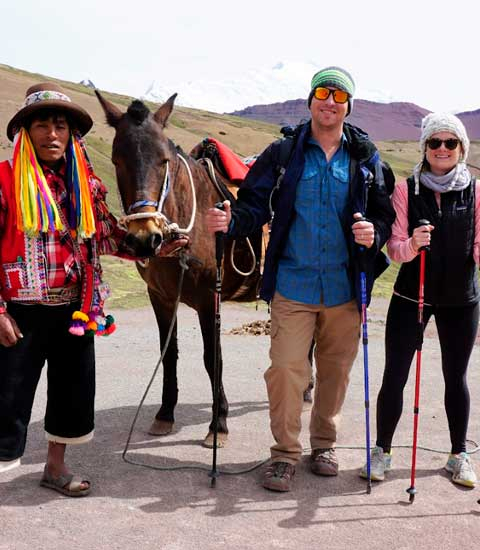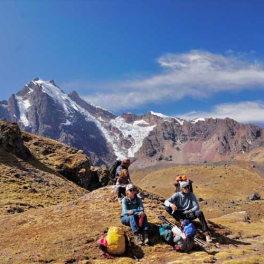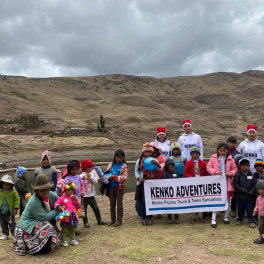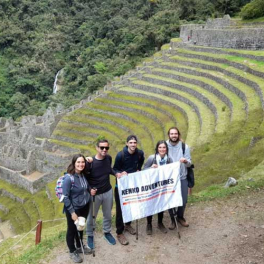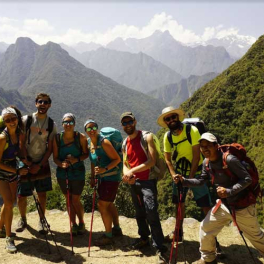We present our real culture life to our clients, hiring people from villages and communities of our region.
Salkantay Trek Vs Choquequirao Trek
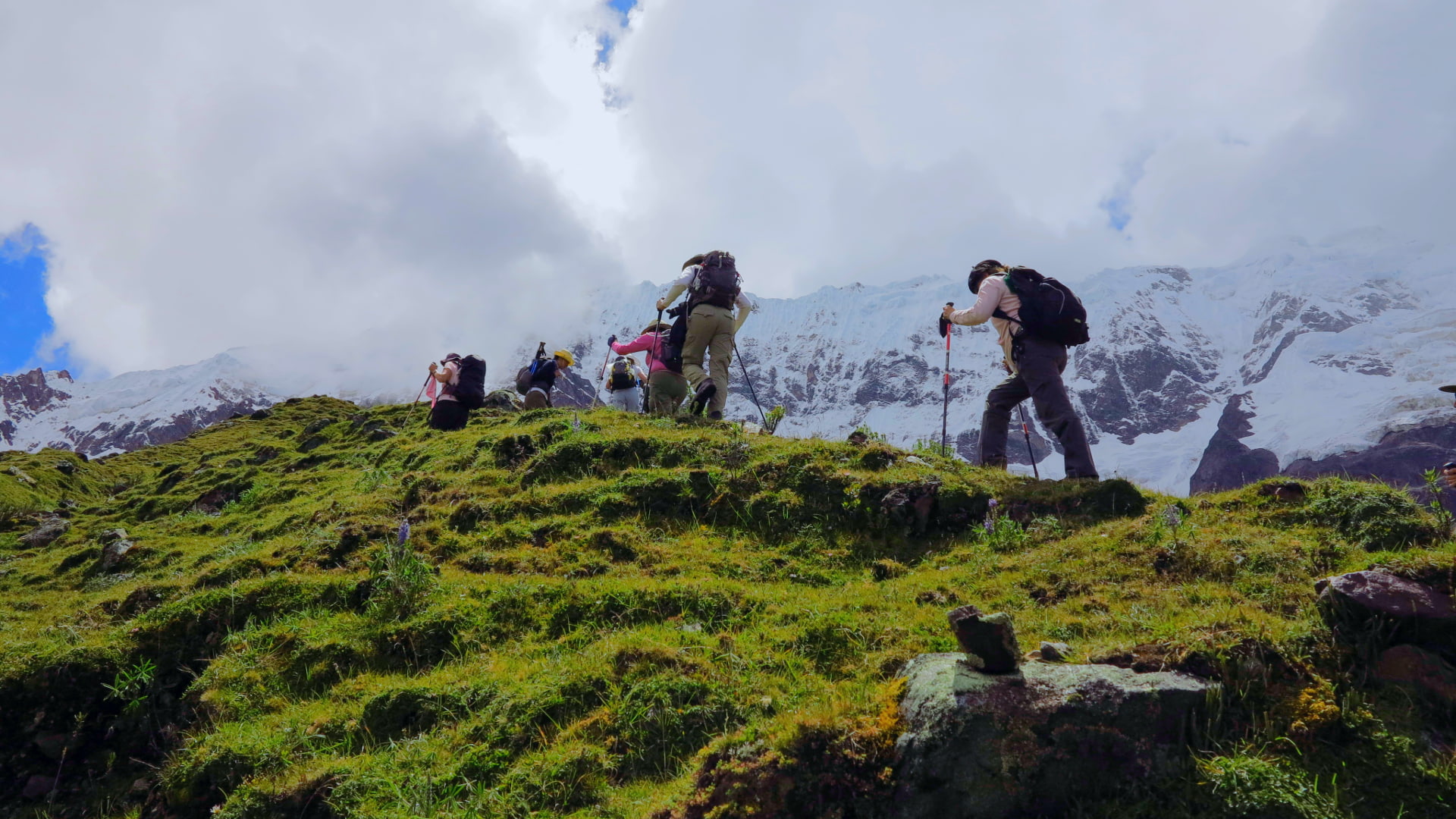
One of the most visited and magical destinations in the world is Peru, especially for trekking lovers, with breathtaking landscapes and views and a vast Inca history. Two of the most demanding and rewarding routes are the Salkantay Trek and the Choquequirao Trek. While these treks offer unique experiences, they vary in approach, level of difficulty and incredible cultural attractions.
It can be difficult to determine which of the two routes is right for you, so in this article, we will look at the key differences between these two options so you can decide which is the best alternative for your adventure.
1. Salkantay Trek: The Scenic Route to Machu Picchu
The Salkantay Trek is a very famous option of the Inca Trail that fuses diverse landscapes with the option of reaching Machu Picchu. This is a challenging but accessible trek, perfect for people looking for varied landscapes and less crowds.
Tour Details:
- Duration: 4-5 days.
- Distance: Approximately 72 km (45 miles).
- Maximum altitude: 4,650 m (Salkantay Pass).
- Difficulty level: High.
- Highlights: The snow-capped Salkantay, the Humantay Lagoon and the transition from mountainous landscapes to tropical jungle.
- Lodging: Campsites or lodges.
The Salkantay Trek route starts in the town of Mollepata and crosses the imposing Salkantay pass, during the hike you will witness spectacular views of glaciers, lagoons and cloud forests. The route ends with a train ride to Machu Picchu, offering trekkers the opportunity to explore the Inca citadel at the end of the trek.
Advantages of the Salkantay Trek
- The opportunity to be dazzled by diverse landscapes, from snow-capped mountains to tropical jungles.
- No need for advance permits like the Inca Trail.
- Being less known, there are fewer crowds, which allows for a quieter and more relaxed experience.
- Adaptability in the choice of lodging, including more comfortable options.
2. Choquequirao Trek: An Expedition to the Hidden Jewel of the Andes
If you opt for the Choquequirao Trek route you should know that it is a demanding and lesser known option that leads to the Inca citadel of Choquequirao, known as the ÔÇťsacred sisterÔÇŁ of Machu Picchu. This trail is perfect for people seeking isolation, adventure and a more intimate connection with Inca history and culture.
Details of the Tour:
- Duration: 4-5 days (round trip).
- Distance: Approximately 64 km (40 miles).
- Maximum altitude: 3,050 m.
- Difficulty level: Very high.
- Highlights: The ruins of Choquequirao, views of the Apurimac River and remote landscapes.
- Lodging: Camping.
The trek to Choquequirao begins in Cachora, descending gradually towards the Apurimac River before a complex ascent to the citadel. The marked difference with the Salkantay Trek, it does not include Machu Picchu, but in compensation it gives you the tranquility of exploring an almost deserted archaeological site.
Advantages of the Choquequirao Trek
- This route offers an isolated experience with few tourists.
- Perfect for those who enjoy an extreme physical challenge.
- The citadel of Choquequirao is equally impressive and much less crowded than Machu Picchu.
3. Key Differences between the Salkantay Trek and the Choquequirao Trek
A detailed comparison chart between the Salkantay Trek and the Choquequirao Trek, two iconic trekking routes in Peru. The table outlines key differences in duration, distance, altitude, difficulty, accommodation, archaeological highlights, ideal audiences, and overall experiences. Perfect for travelers deciding between the scenic and varied landscapes of the Salkantay Trek or the remote, archaeological allure of the Choquequirao Trek.
4. Recommendations for your hike
Whichever of the routes you choose, you should take into account the following recommendations:
- Book in advance: Although the Salkantay Trek does not require permits like the Inca Trail, you should plan ahead for your space.
- Acclimatization: Allow at least 2-3 days in Cusco to get used to the altitude before starting either of the two routes.
- Proper equipment: use trekking boots, layered clothing, sunscreen, hat and a light backpack. Don't forget trekking poles for stability.
- Physical condition: Both routes are physically demanding. Train with previous hikes to improve your endurance and avoid injuries.
- Hydration and nutrition: Carry enough purified water and energy snacks to keep your energy up during long days.
- Respect for the environment: Do not leave trash and obey the instructions of the guides to preserve these natural and archaeological sites.
- Plan your clothing: Temperatures, on any of the routes, can vary significantly between day and night. Wear appropriate clothing for both warm and cold temperatures.
- Carry cash: In remote areas, you will not have access to ATMs. Try to carry cash for emergencies or local purchases.
- Travel with a certified agency: This guarantees safety, logistical support and trained guides that will enrich your adventure.
- Organize your time: Plan an extra day at the end of the hike to relax and enjoy the surroundings.
- Document your experience: Carry a camera or phone to capture the most impressive landscapes and moments. Don't forget to bring extra batteries.
- Consider an extension: If you have additional time, many agencies offer to merge the Choquequirao Trek with the arrival at Machu Picchu or extend the Salkantay Trek with breaks in the Sacred Valley.
5. Which route is best for you?
Choose the Salkantay Trek if:
- You want a diverse trek that ends at Machu Picchu.
- You enjoy diverse landscapes and a less crowded view.
- You prefer more comfortable lodging options, such as lodges.
Choose the Choquequirao Trek if:
- You want an isolated experience and a demanding physical challenge.
- You want to explore a lesser-known archaeological site without crowds.
- You want to enjoy the tranquility and contact with nature.
Both routes offer you memorable experiences in the Peruvian Andes. Whichever you choose, be it the Salkantay Trek for its connection to Machu Picchu or the Choquequirao Trek for its archaeological richness, each adventure promises a deep immersion in Peru's history and natural beauty. Get your hiking boots ready and explore the magic of the Andes!
